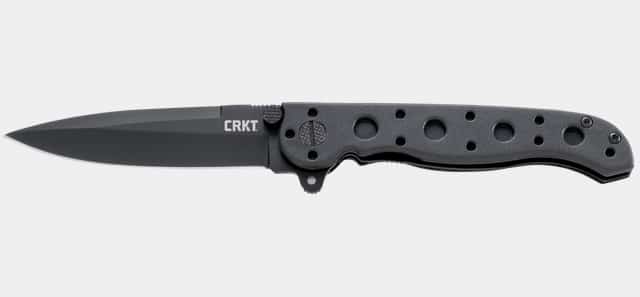I had about three designs I generally thought worked well enough for me, and that was that.
Well, today, lets see exactly where the money goes.
Lets compare them to the $8 knife I bought right from the hardware store.
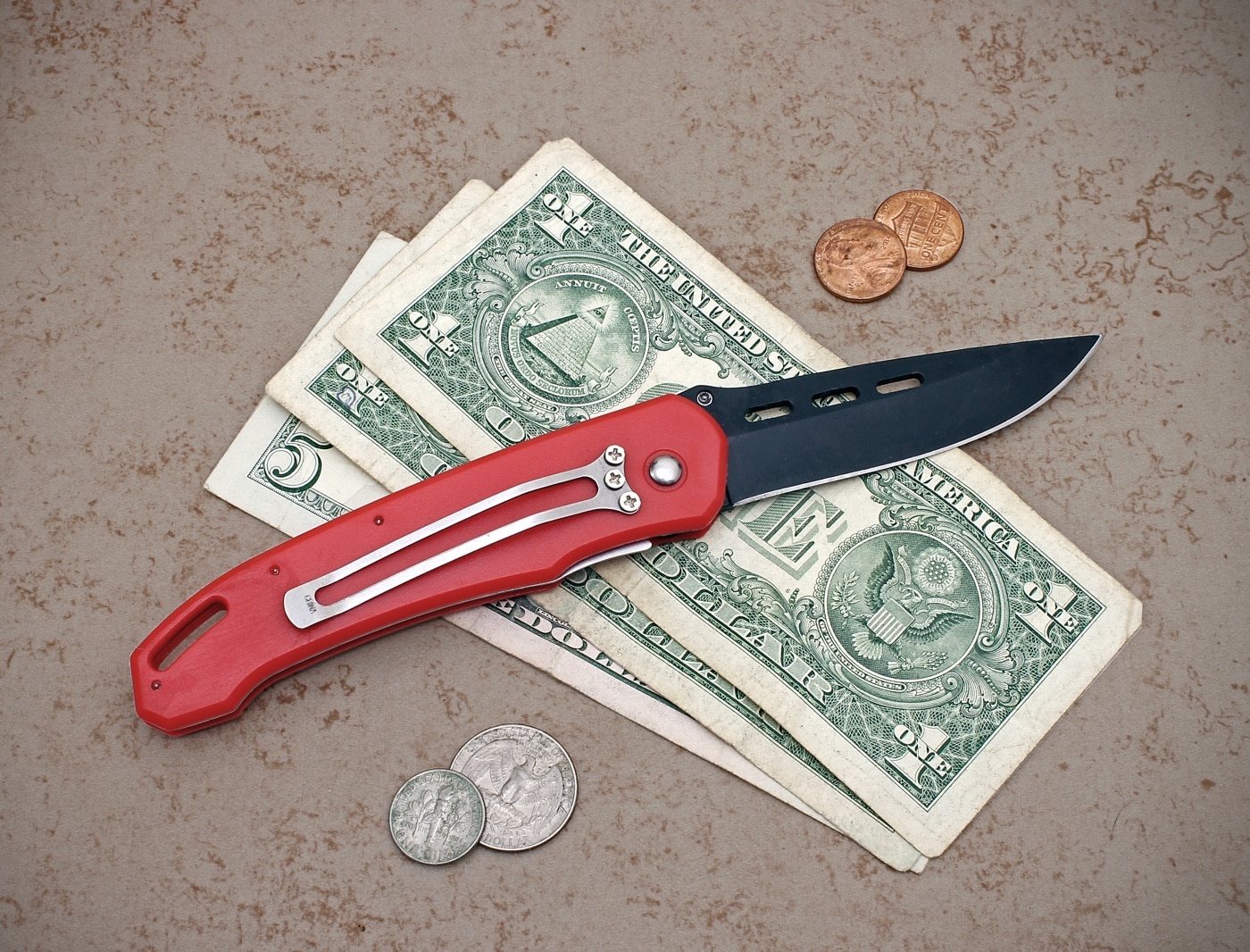
Are inexpensive folding knives dangerous? Potentially. Good knives will use high-quality locking systems, durable blades and solid handles. Does yours?
The Blade
Lets start with the most important part of the knife: the blade itself.
A gas-station level knife isnt going to mention what its made out of.
These edges typically wear like butter, and often have difficulty holding an edge in the first place.
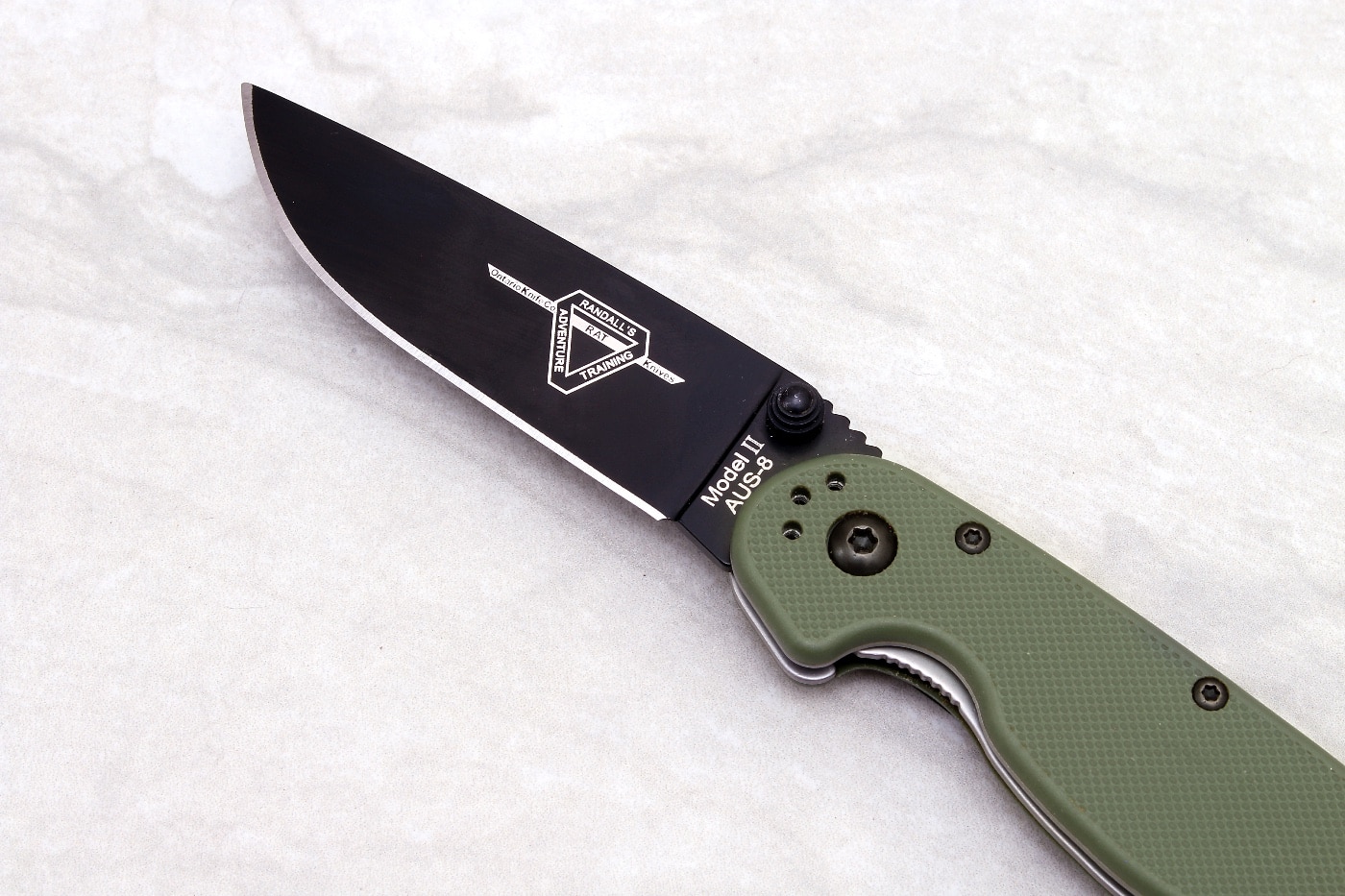
Ontario Knife Company’s famous “RAT 2.” A good company will tell you what steel they used for the blade, as is the case here.
My $8 knife did neither, but had enough sharpness to catch a fingernail.
In plainer terms, it was toast in about three minutes of honest work.
Micarta, a layered paper-like material, looks great and provides excellent texture, wet or dry.
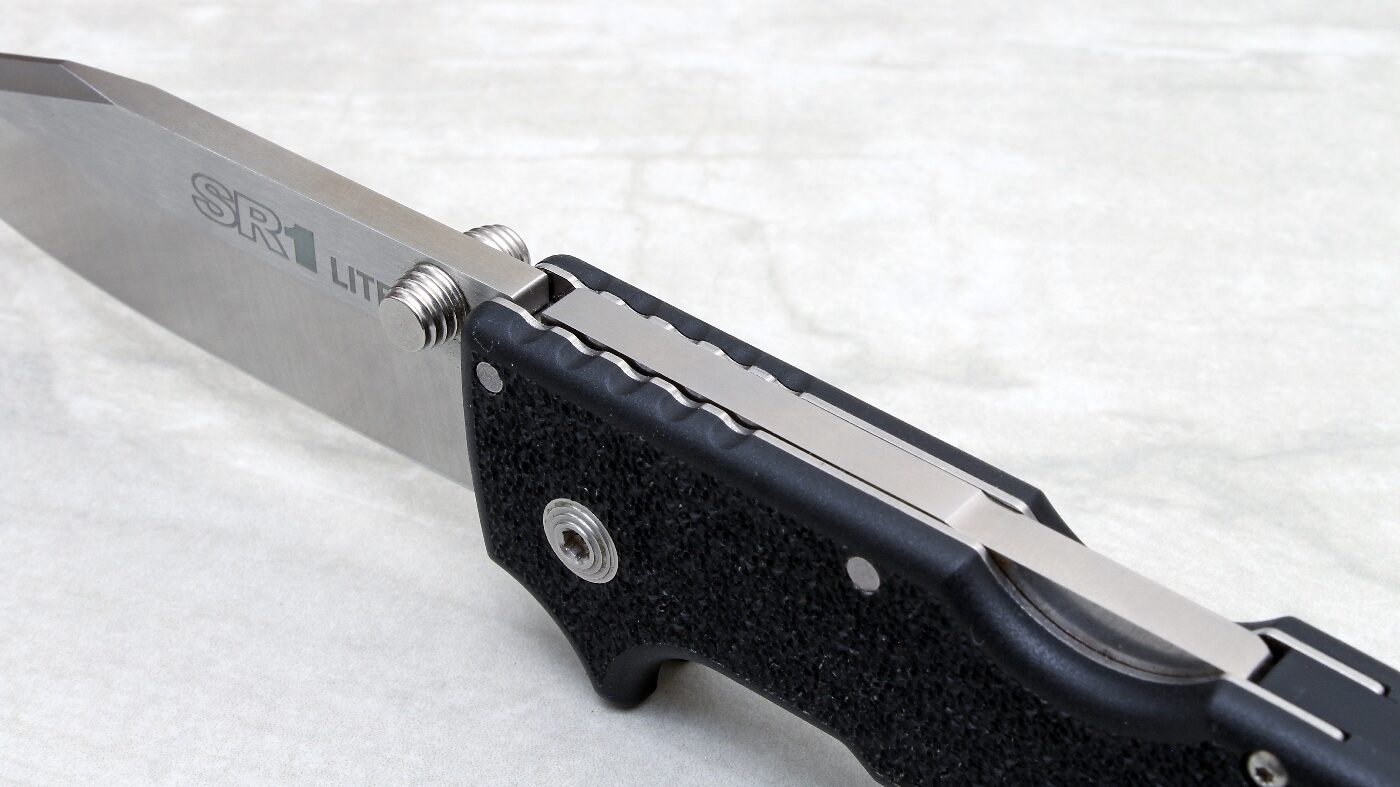
Cold Steel’s SR-1 Lite folding knife has a street price of under $50. At that affordable price, users can get a good blade with an extraordinarily strong lock suited for hard use.
Carbon fiber is extremely strong and contributes excellent weight savings.
G10 isntcheap its inexpensive.
It also has a good texture that stays put in the hand, not unlike a high-grit emery board.
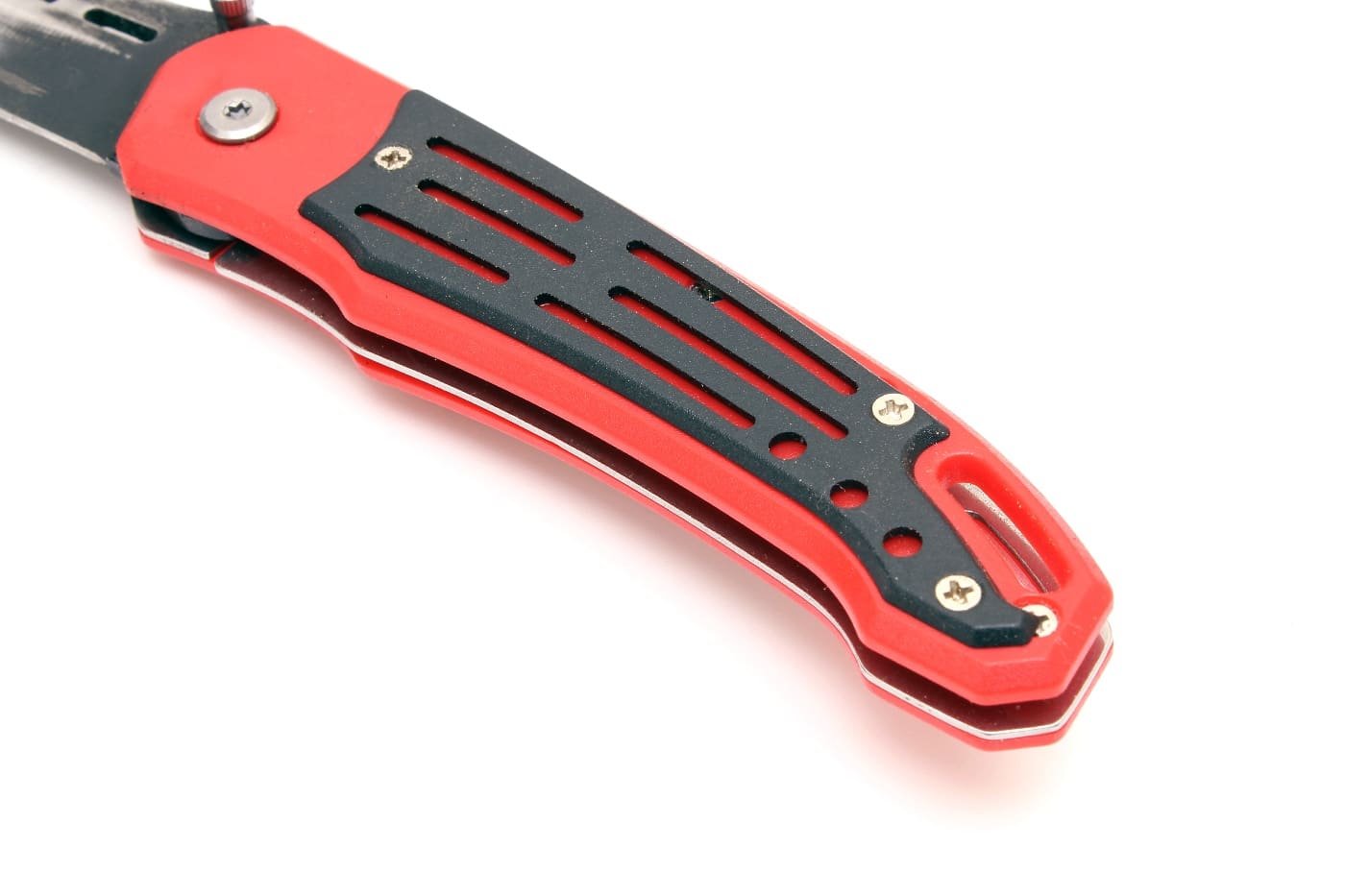
Cheap knives are defined by cheap materials. Toy-grade plastic can snap, crack or shatter under moderate use.
G10 can also be milled to make it even more grippy.
On the other hand, my hardware store knife is all kinds of plasticky.
Especially cheap compounds have a tendency to crack or shatter under even moderate levels of stress or hard use.
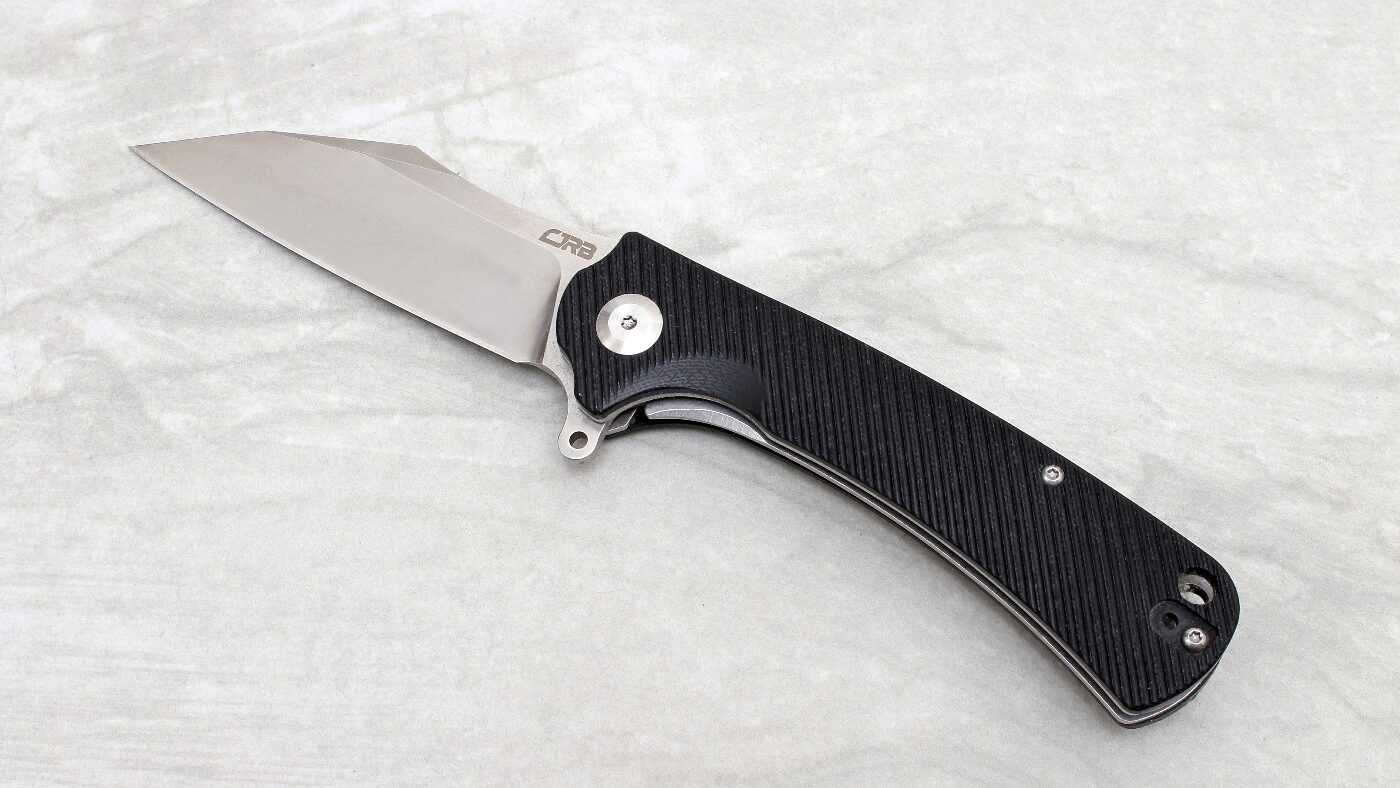
The CJRB Talla features milled G10 for a secure, positive grip. G10 is a laminate material the is extremely durable and chemical resistant.
New, the material is slick to the touch.
Over a period of years, the rubber and plastic materials on the handle often get sticky and gross.
The cheap steels used for the pocket clips can easily be bent out of position or sheared away entirely.
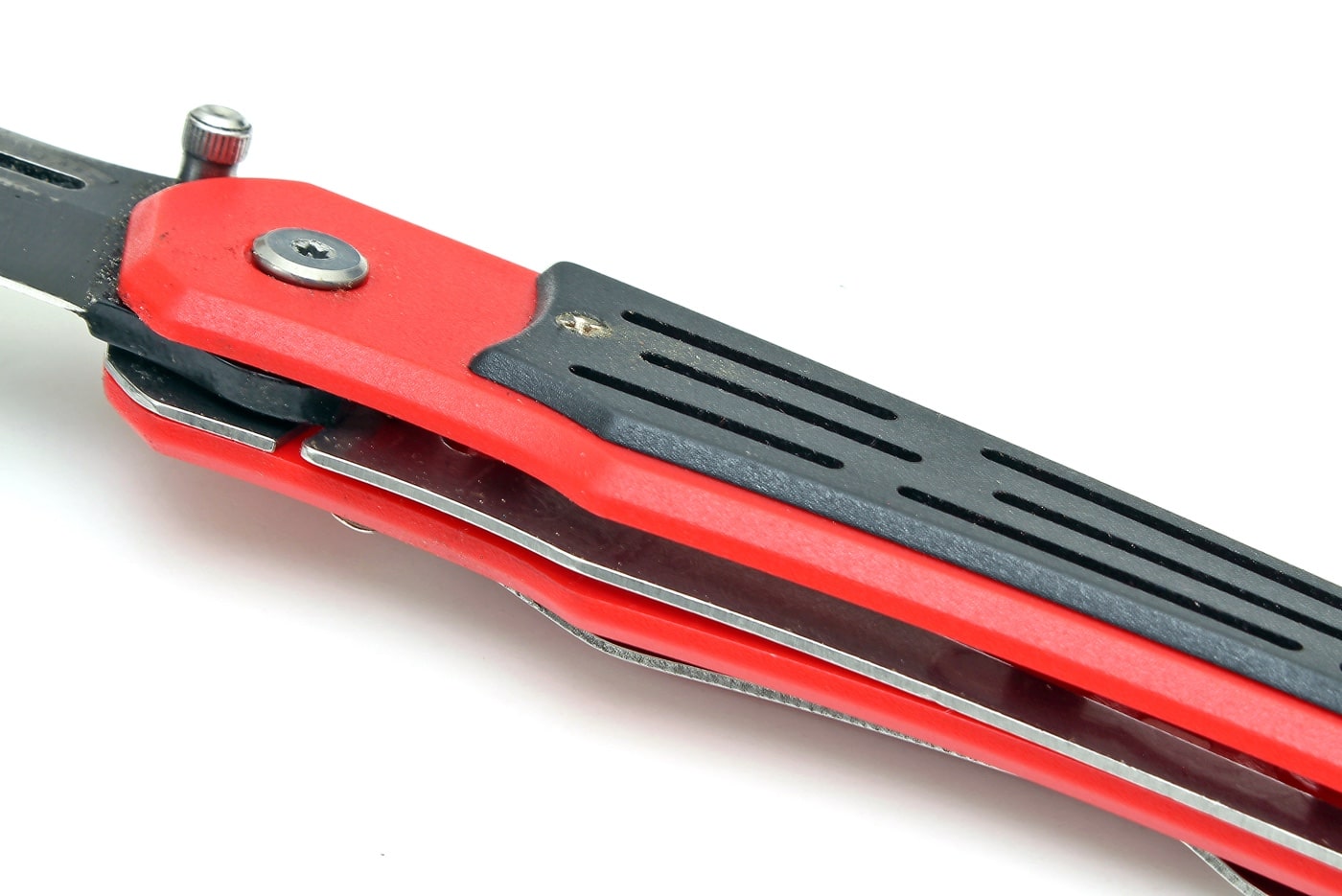
The hardware store knife failed to lock even when fully opened. Make no bones about it, this is unsafe.
Or hell, even moderate use.
[Also see Clayton Walkers article onfolding knife lock typesfor additional information.]
In fact, I needed to hyper-extend the knife blade to get the lock bar to click into position.
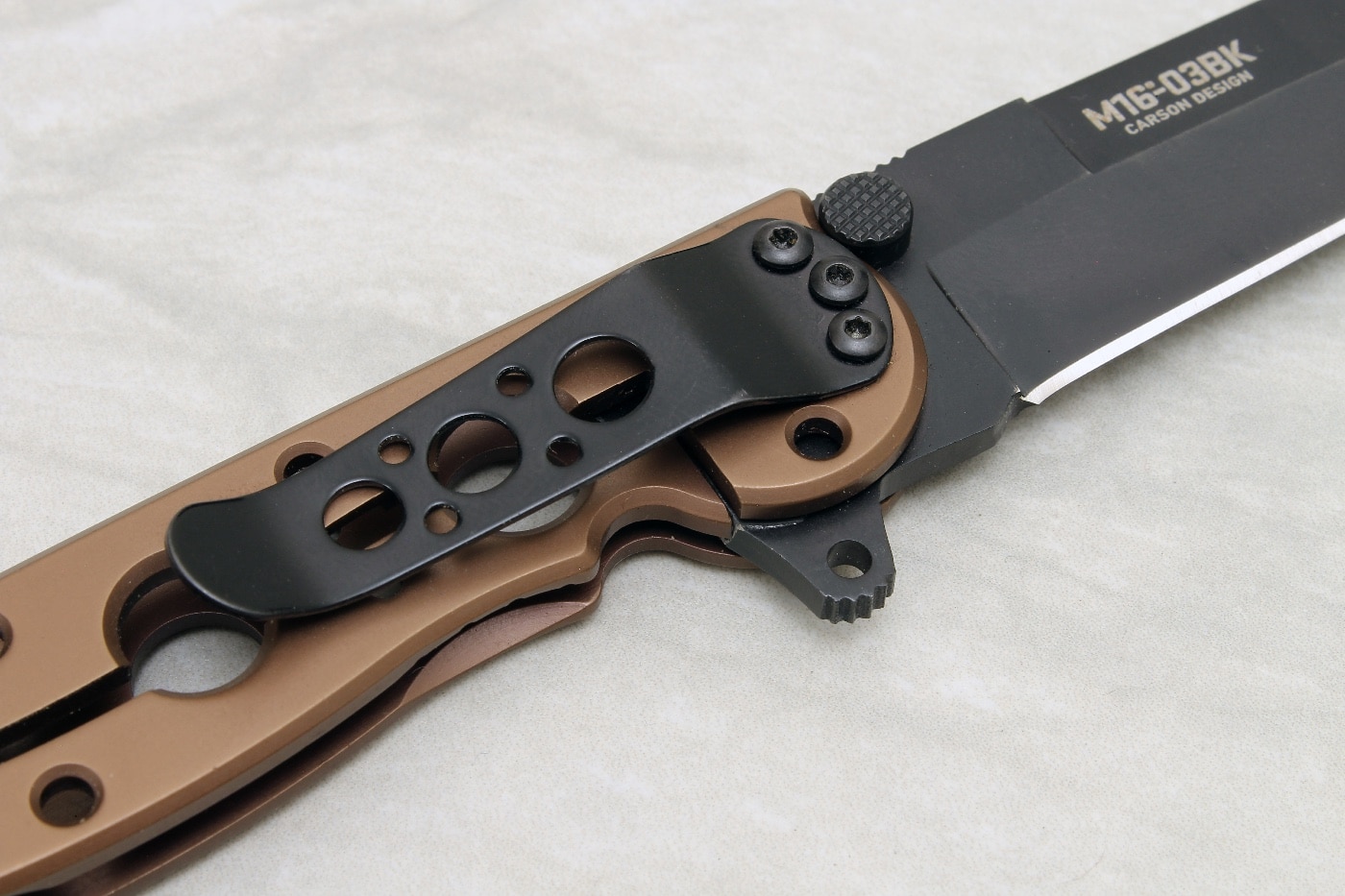
CRKT’s M16: this variation provides the security of a frame lock, making accidental closure very difficult.
I would add this was only possible due to the play provided by the plastic materials.
Suppose someone was actually to use this for a job requiring a reasonably tough material to be punctured.
On my cheap knife, its made of plastic and molded into the handle.

The cheap hardware store knife broke through its plastic stop pin while breaking down a box. Not ideal.
Indeed, with relatively light pressure breaking down that single cardboard box, thats exactly what happened.
Picking Nits?
And, after trying to use it for one relatively easy household job, the knife broke on me.

On a good knife, like this Schrade Divergent, stop pins are solid steel and keep a deployed blade firmly in place.
Superficially, my $8 purchase fits the dictionary definition of a knife.
Again, you dont need to spend gun money on a knife.
(A list that is by no means exclusive!)
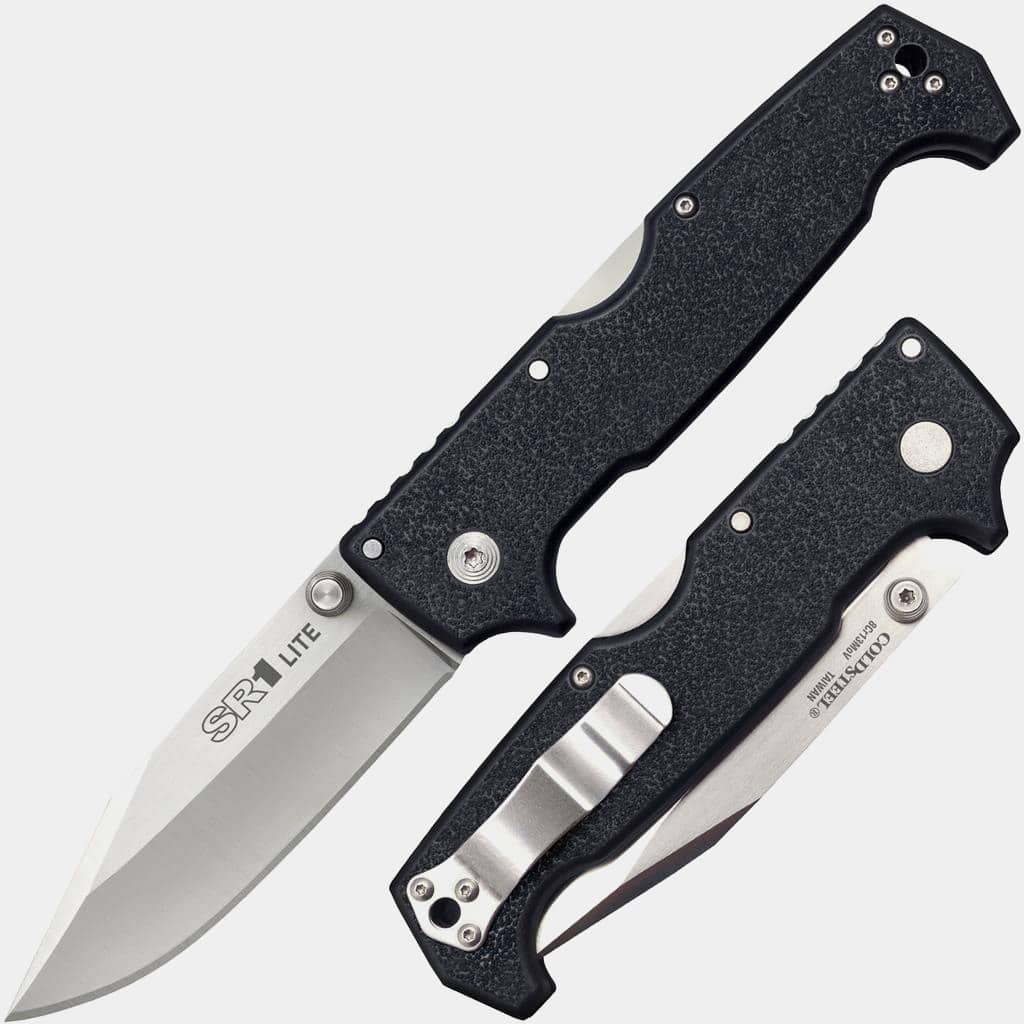
If youre still on the fence, give one of the real knives featured above a try.
Im willing to bet it will replace whatever cheap, no-name blade you might be putting to regular use.

